The post How to Use Foreground to Create Depth in Your Images appeared first on Digital Photography School. It was authored by Anne McKinnell.

What is the foreground, and how can you use it for stunning photos?
That’s what this article is all about.
I’m going to show you how you can identify and incorporate strong foreground elements in your photography – so that you end up with beautiful landscape shots, architectural shots, nature shots, and more.
And I’m going to explain my favorite way to use foregrounds:
To create depth.
(It’s a technique I use all the time in my own images, as you’ll soon see.)
So if you’re ready to become a foreground photography expert…
…let’s get started!

What is a foreground?
When you’re photographing a grand landscape scene, you can often divide it into three sections:
The background.
The middle ground.
And the foreground.
The foreground consists of anything that lies between you and your main subject.
Then there’s the middle ground, which is often the subject (i.e., the main point of interest in the photo).
And the background is made up of everything behind the subject.
Now, the foreground, middle ground, and background areas are not at fixed distances. They’re understood relative to one another.
For example, the scene below contains some colorful shrubs in the foreground, a pond in the middle ground, and trees in the background:

Another way to think about this is using a stage.
You have upstage, toward the back – that’s the background. It gives setting and context.
Center stage is the middle ground, where the bulk of the action takes place.
And downstage – the foreground – is closest to the audience, and therefore the most intimate part of a scene. Downstage is capable of whispering to the audience and luring them into the action. It is the most easily seen and heard part of the theater, and it can reveal the finer details of the story.

One thing to note:
While many photos – especially landscape photos – contain a foreground, a middle ground, and a background, not all photos are so layered. Some images include only a foreground and a background. Others have no layers at all.
How should you use the foreground?
In general, you don’t want an empty foreground.
Instead, you should fill the foreground with some key point of interest, such as a human figure, a tree, a boat, some flowers, rocks, or anything else that is comparatively near to you.
So when you’re out shooting, once you’ve found a nice background, check the area around you for a good foreground element.
Then include that element in your composition!
(You may need a wide-angle lens for this; that’s how I captured most of the photos in this article.)
For instance, when capturing the photo below, I used the beautiful sky as my background, and the colorful rocks as my foreground element:

One tip:
Don’t be afraid to change your perspective! If you find a nice foreground that won’t fit into the scene, try moving your camera higher, lower, or to one side to incorporate the foreground into the frame.
Why is a foreground so important?
A strong foreground is one of the simplest ways to create deep, three-dimensional photos.
You see, one of the biggest hurdles in photography is that majestic, three-dimensional scenes are rendered into mere two-dimensional images; the physical depth that the photographer experiences in real life is lost.
So how do you create the illusion of depth?
With strong elements in the foreground!
When you’re composing a photo and it’s looking a little too flat, simply adding some foreground interest can instantly improve depth.
For example, imagine a group of trees in a field, all standing in a row. If you photograph them head-on, they’ll look more or less identical – their size, distance, and sharpness will be the same, and the composition will likely be a flat, static one.
However, if you change your perspective and shoot the trees from one side, everything changes. One tree becomes closer and therefore larger, while the other trees shrink in comparison.
Like this:

When a viewer sees the image, their eyes will immediately fall on the tree in the foreground first, and the implied line created by the row will pull their gaze inward toward the other trees. Suddenly, the composition has depth!
Now, scenes can have many potential foreground elements. For instance, you can lower your camera to incorporate rocks, flowers, or anything else on the ground. That use of foreground will provide a point for the viewer’s eyes to enter the image, and any lines created in the foreground will direct the viewer’s gaze toward the middle ground and background.
Tips for using a foreground in photography
As with any compositional element, the foreground is only helpful if it adds to your image. If the foreground doesn’t help tell the story or – worse yet – it distracts the eye, then it isn’t going to improve the photo. Your foreground should be an important part of the scene and not a distraction.

Foreground elements can even be made of simple shapes and lines, like the foreground in the photo above.
In fact, your foreground elements can be nothing but shapes and lines, such as the paint on a stretch of road, the waves on the ocean’s shore, or the shadows cast across a windswept desert. Any lines that point toward your subject will be especially effective because they will guide the viewer toward the main attraction.
(Lines that point toward your subject are known as leading lines; these are a powerful compositional device!)
Similarly, a wall that stretches from foreground to background will carry the eye along with it. The corners of your frame are strong points, and anything that leads inward from these corners will have a significant impact.
Textures are another compositional tool that can make for an interesting foreground, like in the photo below:

Ultimately, however, the best foregrounds are those that you like the most!
So test out different foregrounds.
Experiment.
And capture some shots that are full of depth!
Using foreground to create depth: Conclusion
Now that you’ve finished this article, you should be well-equipped to create stunning, depth-filled images.
You know how to find powerful foregrounds.
And you know how to position them for gorgeous results.
So have fun with foreground photography!
Now over to you:
What do you think about using foregrounds to create depth? Do you plan to use this trick the next time you go out shooting? Share your thoughts in the comments below!
The post How to Use Foreground to Create Depth in Your Images appeared first on Digital Photography School. It was authored by Anne McKinnell.









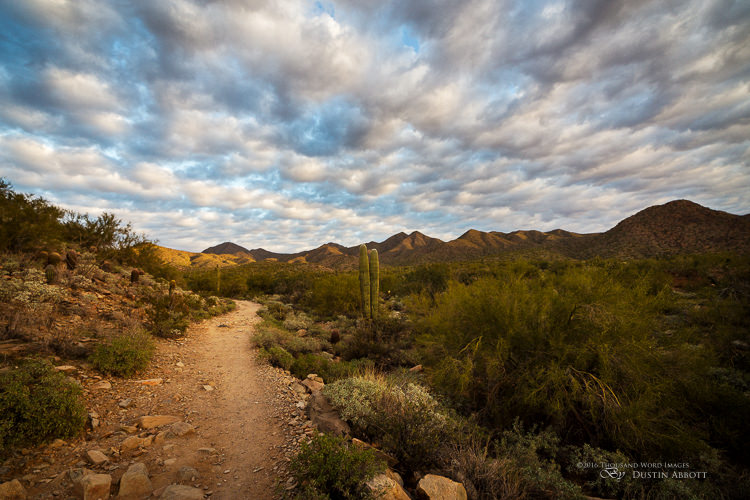
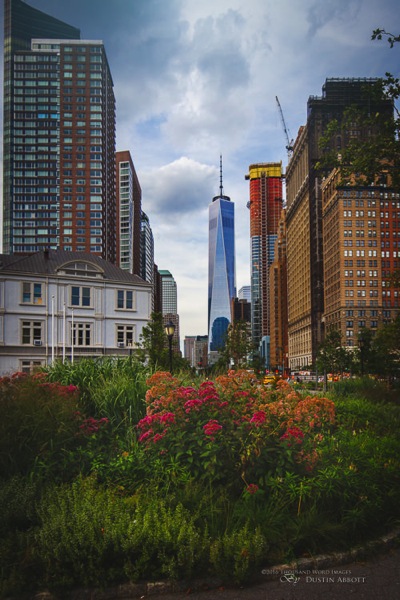
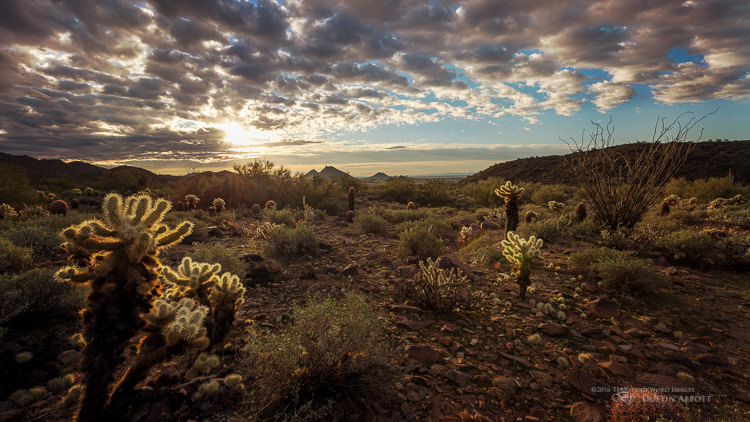



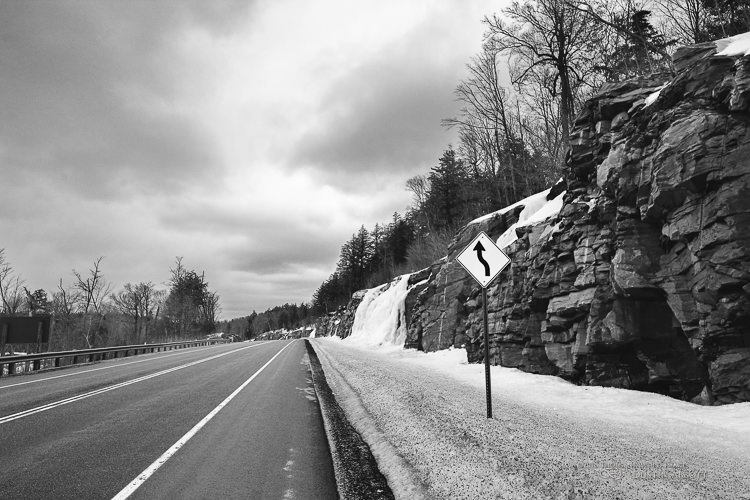

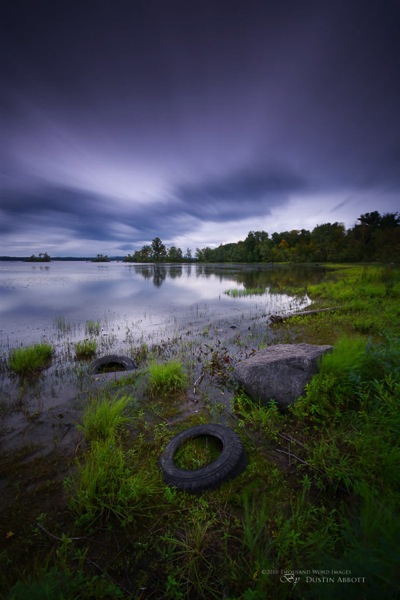

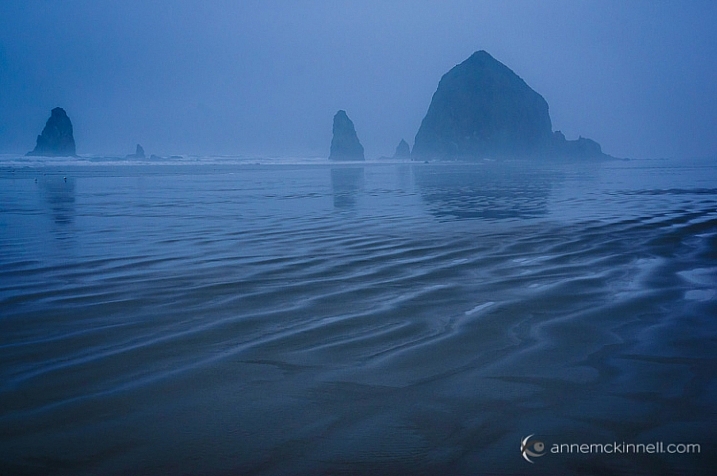

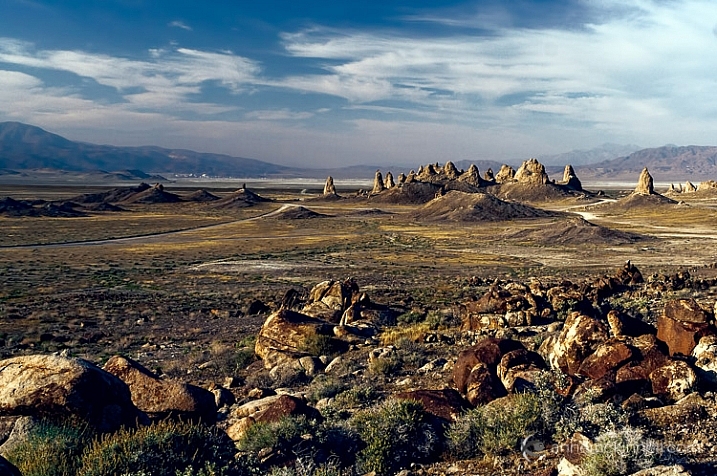
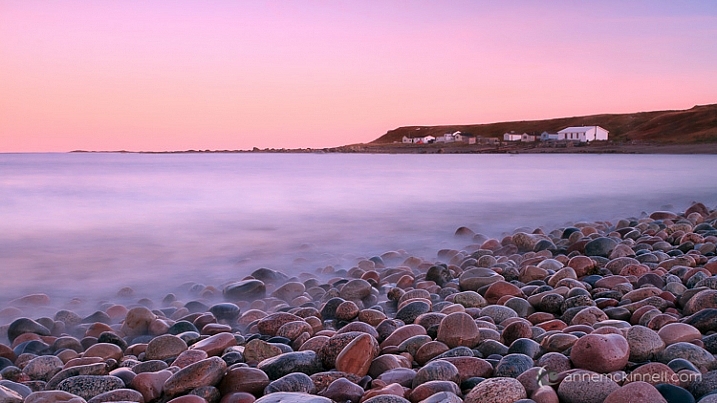
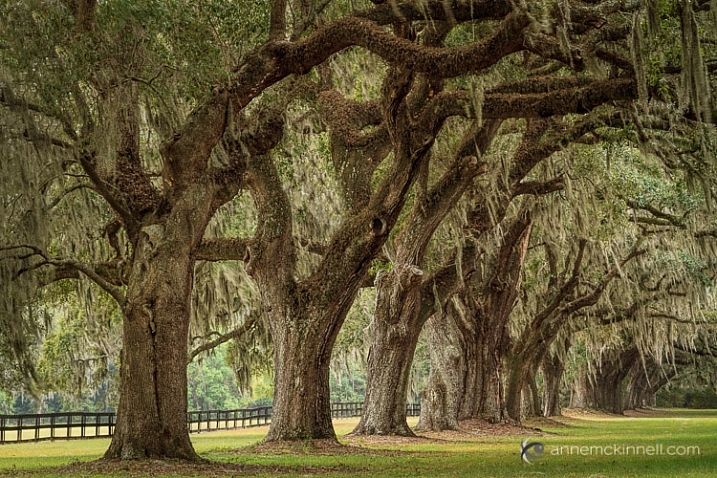


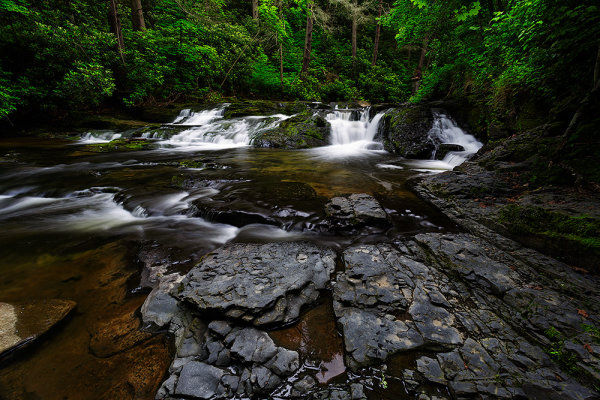
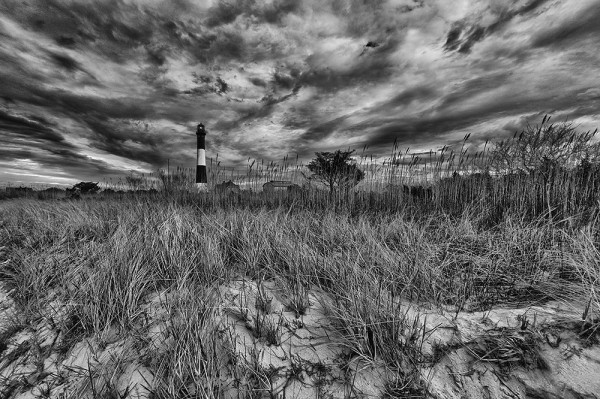
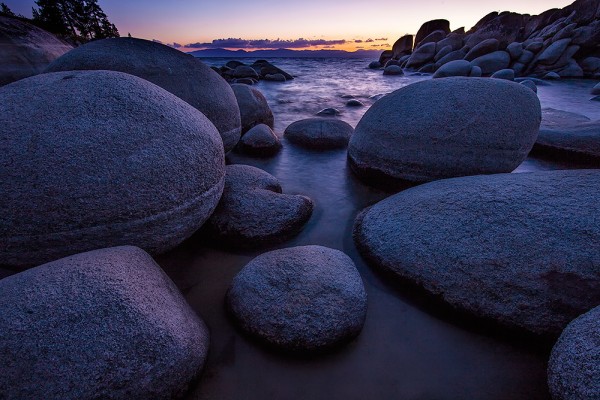
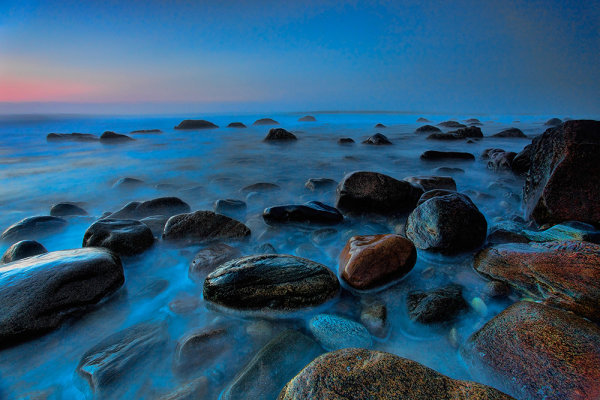
You must be logged in to post a comment.